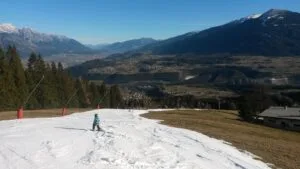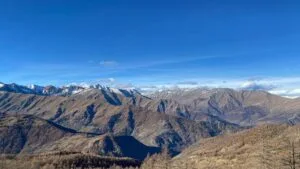Abstract/Description
During the last two summers, a new challenge on the schedule of Eastern Alpine glaciologists appeared: mapping glacier casualties. With traditional glacier inventories having been compiled in decadal intervals, the envisaged loss of one third of glaciers in the main glacier covered regions of Austria within the next five years sets a hard limit for monitoring changes. With the aim that a glacier inventory should be able to represent glacier area changes of about 5%, the temporal resolution needs to be annual – but what about related uncertainties? The increasing debris cover and number of and size of nunataks increase mapping complexity, and demands on spatial resolution of remote sensing data. In case of late season fresh snow cover, the area of patchy glaciers could be overestimated. Time lapse cam images point out that the disintegration of glacier parts can take place within a couple of days and weeks, so that the simultaneous data recording and similar period length is increasingly important for comparing glacier area change rates. Summarizing all those demands and limitations, a high resolution, easy to use tool suited for annual data recording is needed. Visual satellite remote sensing data can fulfil the criterion in case the spatial resolution is sufficient to resolve the glacier area topology and texture. Airborne low cost sensors can be an alternative for quick time lapse orthophotogrammetry data. Airborne surveys allow to cover large areas (> 100 km²) in one flight. Drone data have higher spatial resolution, but are restricted to smaller areas (a few km²) within one survey. The need to be on-site for the survey can be time consuming and generate costs for personnel. Drone imaging is so far the simplest method to produce high resolution 3D data of small-scale processes as the evolution of collapse features. Ground based time lapse images are well suited for longer monitoring of sites, for example glacier collapse over several years. Using multiple perspectives can allow a photogrammetric post processing. Generally, the smaller the scale of records, the more accurately the predictions should be of what should be monitored and when the event is going to take place.


